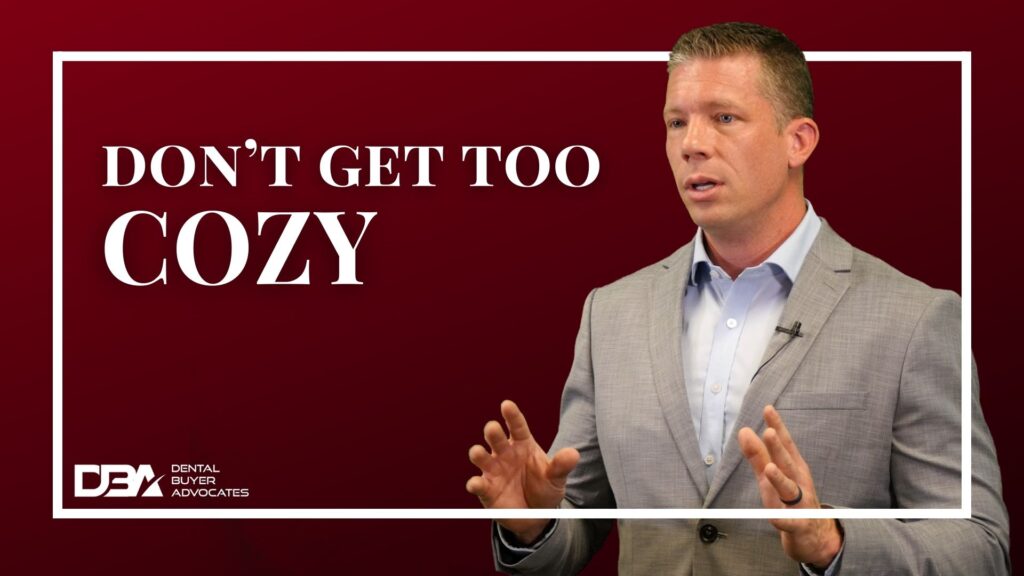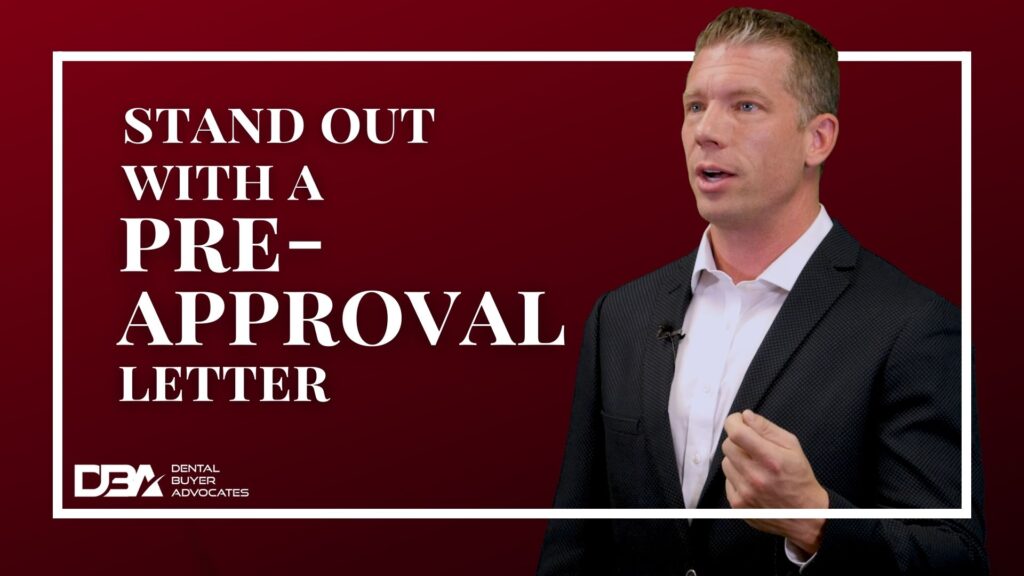Shopping more than two or three banks almost always leads to WORSE outcomes for the buyer.
Higher rates. Higher fees. Worse terms.
I’ve mentioned before that the profitability of a practice has many factors. I’ve told you that one factor, such as asking price, shouldn’t necessarily be a deal breaker. That being said, there is another factor that is a huge deal. Any guesses?
Drum roll please … office collections. Why? Because there has to be enough money coming into the practice to justify the time, energy, emotions and expense you’re going to take on as a business owner.
Previously we discussed what to ask the seller during your first meeting. Here’s another one to add to that list:
“When are you planning to tell your staff and patients about the transition?”
The answer should be something like, “As soon as possible,” or even, “I already have.” If the seller says they’re putting off telling anyone until the deal is done, encourage them to reconsider.
You need to stand out. And one way to stand out is to look ready to buy now.
Looking ready and looking prepared to the seller and/or broker is key. This article will give you one tool in your toolbelt to maximize the chances that you look the best of all the buyers: a pre-approval letter from a bank.
Account Receivable is the money owed to a practice by its patients, which the patients have not yet paid. Often, the A/R is available to purchase along with the practice itself. The question is, should you buy it?
Brokers are a great source to find a dental practice for sale. But many buyers have trouble getting a response from brokers when they’re looking for more information on an area or specific practice.
I’ll share one near sure-fire way to get a broker to pay attention to you and get back to you. It’s quick and easy.
Several other factors listed in loan proposals give the impression they are a big deal and need to be compared to choose the best loan. I’ll mention three that are commonly discussed, but that, in my opinion, aren’t important enough to be considered serious factors in your decision.
That first meeting with a seller is vital, and so is the first impression you give them. Making that great first impression will largely come down to the questions you ask, and how well you listen to the answers.
Here are 4 excellent questions to ask to set yourself apart.

















